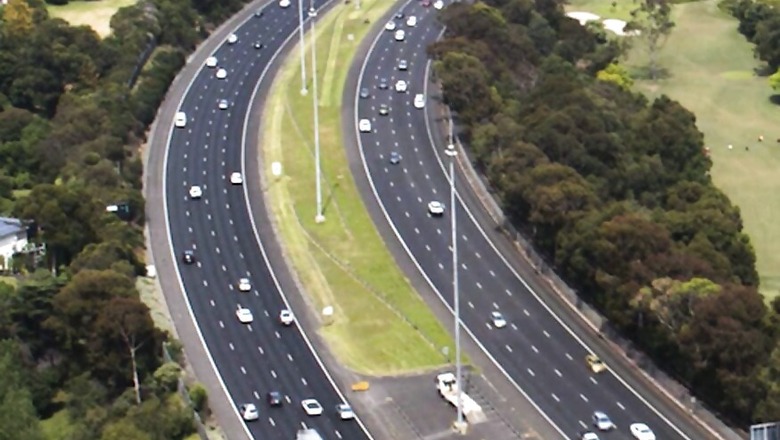
views
MIT scientists have developed an artificial intelligence system that can automatically trace out roads from aerial images of a city. Mapping roads for navigation apps can be tedious. Even after taking aerial images, companies like Google still have to spend many hours manually tracing out roads. As a result, vast majority of the more than 20 million miles of roads across the globe have not yet been mapped.
Gaps in maps are a problem, particularly for systems being developed for self-driving cars. To address the issue, researchers have created RoadTracer, an automated method to build roadmaps that's 45 percent more accurate than existing approaches as per the creators. Using data from aerial images, the team says that RoadTracer is not just more accurate, but more cost-effective than current approaches.
"RoadTracer is well-suited to map areas of the world where maps are frequently out of date, which includes both places with lower population and areas where there's frequent construction," said Mohammad Alizadeh, a professor at Massachusetts Institute of Technology in the US. "For example, existing maps for remote areas like rural Thailand are missing many roads. RoadTracer could help make them more accurate," said Alizadeh.
In tests looking at aerial images of New York City, RoadTracer could correctly map 44 percent of its road junctions, which is more than twice as effective as traditional approaches based on image segmentation that could map only 19 percent. Current efforts to automate maps involve training neural networks to look at aerial images and identify individual pixels as either "road" or "not road." Since aerial images can often be ambiguous and incomplete, such systems also require a post-processing step that's aimed at trying to fill in some of the gaps.
Also read: Huawei to Launch End-to-End 5G Solution Later This Year
Unfortunately, these so-called "segmentation" approaches are often imprecise: if the model mislabels a pixel, that error will get amplified in the final roadmap. Errors are particularly likely if the aerial images have trees, buildings or shadows that obscure where roads begin and end.
Meanwhile, RoadTracer creates maps step-by-step. It starts at a known location on the road and uses a neural network to examine the surrounding area to determine which point is most likely to be the next part on the road. It then adds that point and repeats the process to gradually trace out the road one step at a time.
"Rather than making thousands of different decisions at once about whether various pixels represent parts of a road, RoadTracer focuses on the simpler problem of figuring out which direction to follow when starting from a particular spot that we know is a road," said Fayven Bastani, a graduate student at MIT.
"This is in many ways actually a lot closer to how we as humans construct mental models of the world around us," Bastani said. The team trained RoadTracer on aerial images of 25 cities across six countries in North America and Europe, and then evaluated its mapping abilities on 15 other cities.
Watch: Nokia 6 (2018) Review: A Smooth Performer in a Striking New Design


















Comments
0 comment